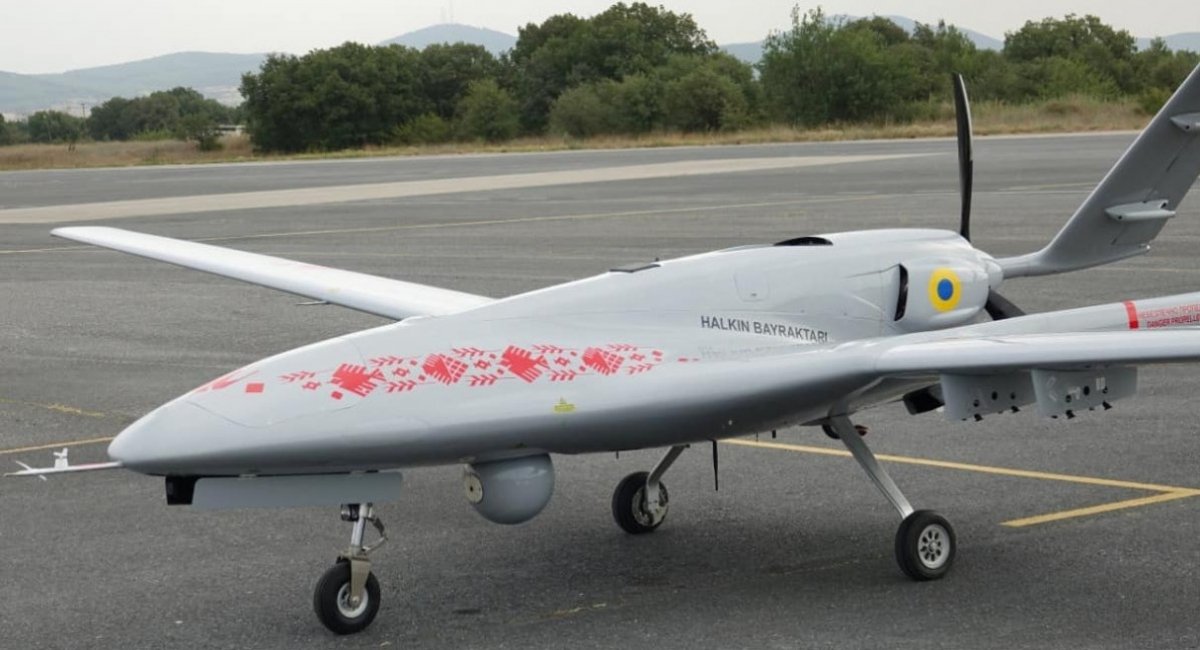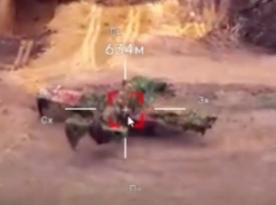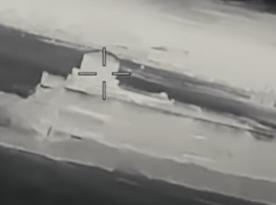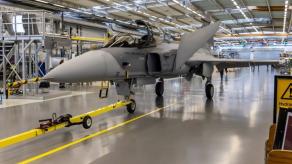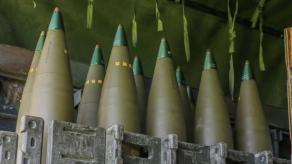News about the success of Turkish Bayraktar attack drones in service with the Ukrainian military flew around the world and landed in Japan, which is considering buying the same system for its Self-Defense Forces.
According to Nikkei, a delegation from Tokyo headed by the Defense Minister Gen Nakatani is currently in Türkiye, intending to assess the local industry's aptitude in manufacturing high-tech products — unmanned aerial systems among them.
Read more: Japan Upgrades Carriers for F-35B but First Flights Made by U.S., UK Jets
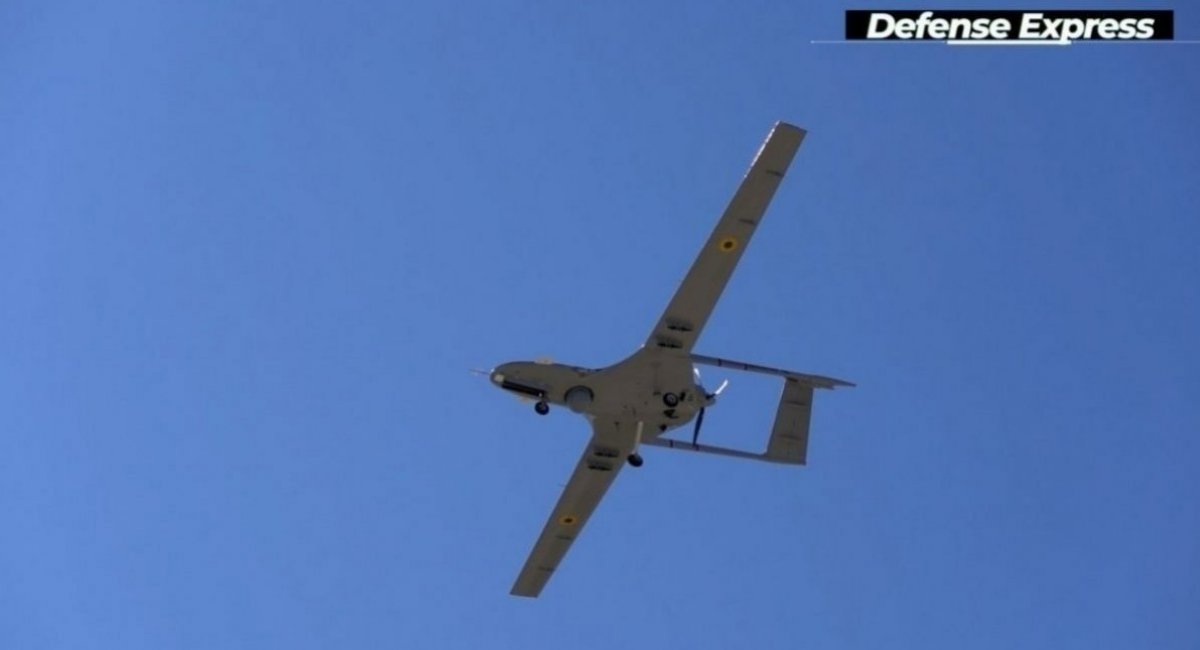
Japan's interest in acquiring unmanned technologies is driven not least by China's advancements in this field. As part of systemic efforts to keep up with the trend, Kawasaki Heavy Industries has recently tested the Israeli Heron Mk II aerial reconnaissance drone.
In this context, Türkiye can offer a wide range of modern solutions, such as the combat-proven Bayraktar TB2, and its larger counterpart TB3 deployed by naval carriers. Both belong to the unmanned combat aerial vehicle category, as they are equipped for reconnaissance and strike missions alike.
Another interesting option is the Bayraktar Akinci, a UCAV capable of carrying a whole arsenal of various weapons: guided and blind bombs and missiles, long-range cruise missiles, and more.

However, the most ambitious commitment would be an acquisition of Bayraktar Kizilelma — a full-fledged uncrewed fighter that can operate side by side with manned platforms. It is one of the candidates considered by Leonardo for becoming the so-called "loyal wingman" for the Global Combat Air Programme (GCAP) sixth-generation fighter project.
Although widely considered a European project, we shouldn't forget that Japan is also part of GCAP, alongside Italy and the United Kingdom. An early purchase could be a good chance to assess Kizilelma's capabilities before its integration into the program.
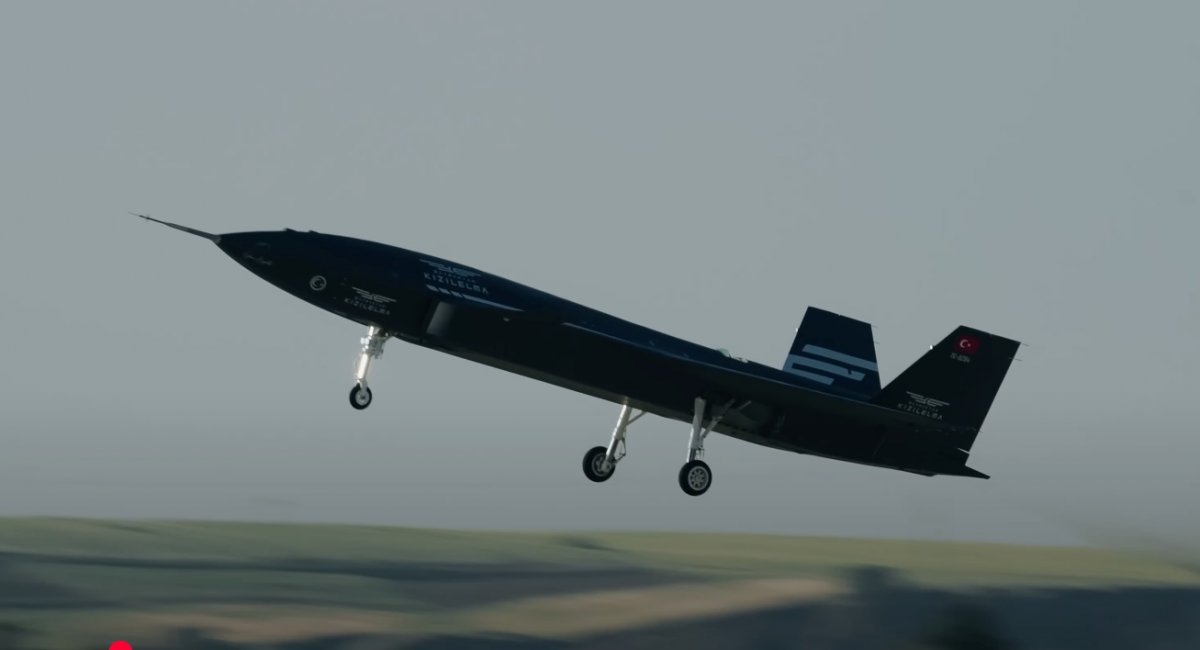
That said, Baykar is not the only notable player in the Turkish UAV market. Unmanned solutions are also being developed by Turkish Aerospace Industries (TUSAŞ); of particular note here is the prospective Anka III heavy jet-powered drone.
But the same Kizilelma has an advantage in being already in mass production, making it a ready off-the-shelf solution for the new fighter. On a side note, the engine for the drone is supplied by the Ukrainian company Ivchenko-Progress.
Still, the Japanese military might not be thinking that big for now and is simply looking for an effective addition to its unmanned arsenal and will ultimately choose a simpler product that fits the immediate needs.
Read more: Ukraine May Join Tempest 6th-Gen Fighter Program Through Kızılelma UAV




